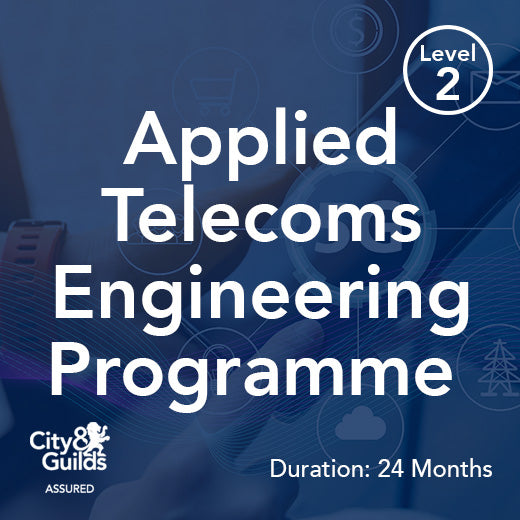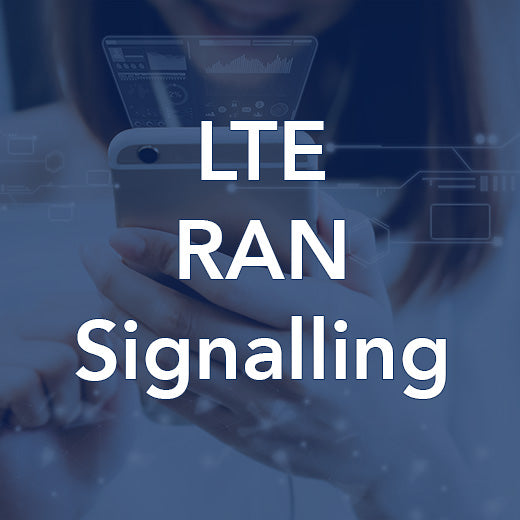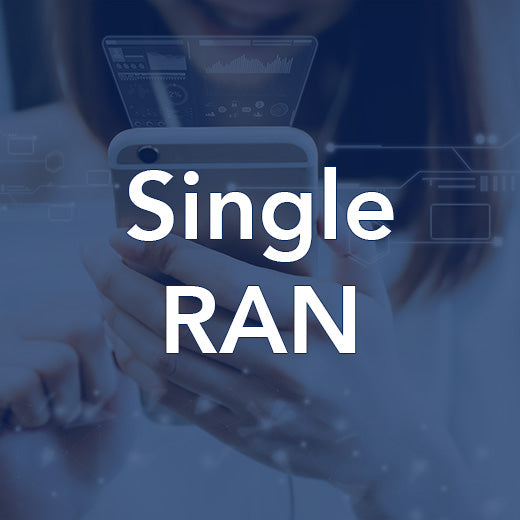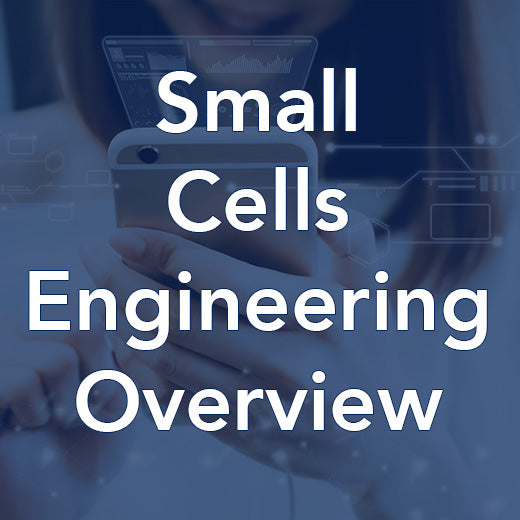The Applied Telecoms Engineering Programme (Cellular Radio Engineer Track) distance learning programme provides learners with a qualification that demonstrates their knowledge of the technologies underpinning the telecoms industry with a focus on cellular radio engineering.
Students will gain a through foundation in the telecoms industry and the technologies on which it’s based as well as a comprehensive understanding of the technologies underpinning radio access networks and techniques needed to design, plan, build, monitor and optimise modern cellular radio networks.
This programme has been assured by City & Guilds. Assured status provides validation and recognition for the learner. It is a symbol of learning excellence and quality and is a reassurance that the training undertaken meets best practice standards.
Applied Telecoms Engineering Programme (Cellular Radio Engineer Track) Syllabus
Foundation Courses
Technology Fundamentals
Course Modules:
Defining Telecoms
Background to the Telecom Network
Digital Fixed Telecom Networks
Data Networks
Mobile Networks and Wi-Fi
Broadband and Emerging Networks
2G to 5G Mobile Technologies
Course Modules:
Principles of Mobile Cellular Networks
2nd Generation Mobile Networks
3rd Generation Mobile Networks
4th Generation Mobile Networks
5th Generation Mobile Networks
Telecoms – as an Industry and Business
Course Modules:
Telecoms Industry & Business Dynamics
The Technology Explained & Evaluated
Telecoms Industry & Market Update
Specialist Courses
LTE Air Interface
Course Modules:
LTE Overview
OFDM Principles
Physical Layer Structure
Layer 2 Protocols
Radio Resource Control
LTE-Advanced
Lower Layer Procedures
5G Air Interface
Course Modules:
Principles of the 5G New Radio
Introduction to the Physical Layer
Physical Layer Implementation and Procedures
Higher Layer Protocols
Signalling Procedures
What you will learn:
At the end of the programme successful students will be able to:
Develop a fundamental understanding of the technologies underpinning modern telecoms networks, the industry structure and its key stakeholders .
Gain a detailed understanding of the air interface for LTE radio access (incl. OFDMA principles, channel structures, connectivity and mobility management and radio link control functions.)
Have a detailed technical understanding of the air interface for the 5G New Radio, the principles of mm wave and multiple antenna communications, the architecture of the AI’s physical layer, the higher layer air interface protocols, and the signalling procedures.
Expand their learning further by studying two elective modules to qualify for the Diploma in Telecoms.
What sets the programme apart?
Focused Learning Pathways – guide you through the material and enable you to become an expert in your chosen field.
Flexible Learning – study at a time, location and pace of your choice.
Full Tutor support – from industry experts with decades of experience throughout your studies.
Extended Learning – Diploma students have the opportunity to study 3 additional courses.
24 months access – allowing you to refer back to the material after your studies.
Digital Badges and Course Certificate – demonstrate the depth of your knowledge.
About City & Guilds
City & Guilds is a household brand and a global leader in skills development. Over one million people earn a City & Guilds qualification every year, providing them with the skills they need to thrive in the workplace.In the global economy, the ability to compete depends on building a skilled, competent and confident workforce. City & Guilds understands the value of portable skills and globally recognised standards that enable people and organisations to succeed. It partners with Governments, employers and educators in over 50 countries, across five continents, to advise them on developing high-quality skills training that meets the needs of the global workforce, without compromising on local demands.
Enrolment Fees: £2,995 (+VAT)
Programme Duration: 24 months (Programme is On-Demand, learners can start at any time)
Bespoke In-Company Schemes
The Applied Telecoms Engineering Programme provide the ideal structure for formalising training programmes for teams across your business.
Contact us on info@wraycastle.com for more information.
Read more less

























































